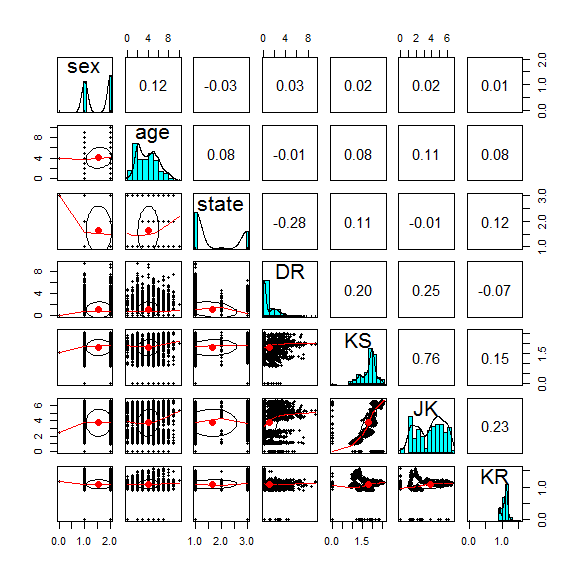COVID-19 Risk Factors, Economic Factors, and Epidemiological Factors nexus on Economic Impact: Machine Learning and Structural Equation Modelling Approaches
Keywords:
COVID-19 Structural Equation Modelling, Latent variables, Random forest, Boosting.Abstract
Since the declaration of COVID-19 as a global pandemic, it has been transmitted to more than 200 nations of the world. The harmful impact of the pandemic on the economy of nations is far greater than anything suffered in almost a century. The main objective of this paper is to apply Structural Equation Modeling (SEM) and Machine Learning (ML) to determine the relationships among COVID-19 risk factors, epidemiology factors and economic factors. Structural equation modeling is a statistical technique for calculating and evaluating the relationships of manifest and latent variables. It explores the causal relationship between variables and at the same time taking measurement error into account. Bagging (BAG), Boosting (BST), Support Vector Machine (SVM), Decision Tree (DT) and Random Forest (RF) Machine Learning techniques was applied to predict the impact of COVID-19 risk factors. Data from patients who came into contact with coronavirus disease were collected from Kaggle database between 23 January 2020 and 24 June 2020. Results indicate that COVID-19 risk factors have negative effects on epidemiology factors. It also has negative effects on economic factors.

Published
How to Cite
Issue
Section
Copyright (c) 2021 Journal of the Nigerian Society of Physical Sciences

This work is licensed under a Creative Commons Attribution 4.0 International License.
How to Cite
Most read articles by the same author(s)
- Emmanuel Gbenga Dada, Aishatu Ibrahim Birma, Abdulkarim Abbas Gora, Ensemble machine learning algorithm for cost-effective and timely detection of diabetes in Maiduguri, Borno State , Journal of the Nigerian Society of Physical Sciences: Volume 6, Issue 4, November 2024







